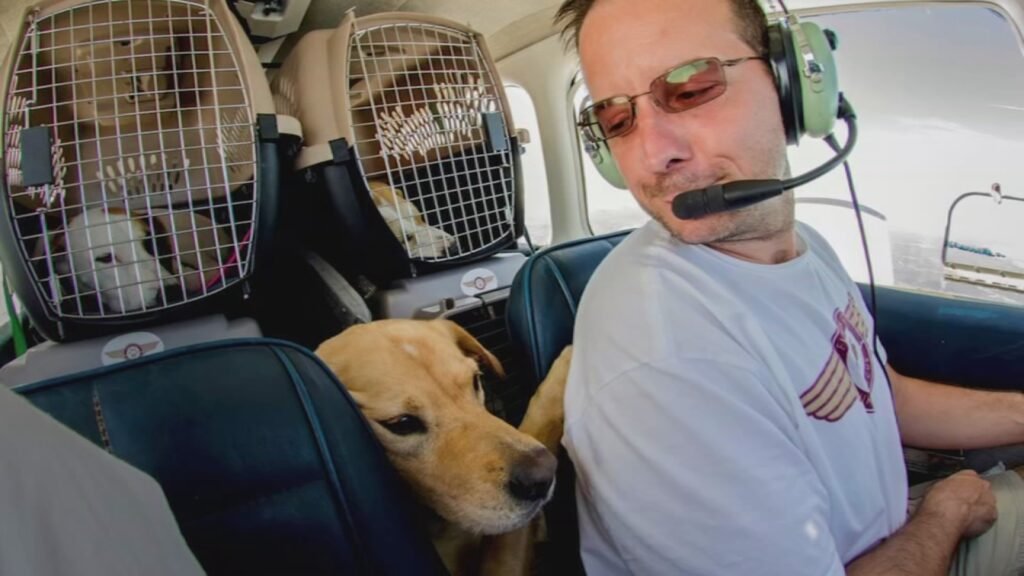The global movement of living creatures, whether domesticated livestock destined for slaughterhouses or wild animals displaced by human expansion, presents a complex web of ethical, public health, and environmental challenges. At Sustainable Action Now, we believe it’s imperative to shine a light on these multifaceted concerns, advocating for humane practices and ecological preservation. The journey of an animal, from its origin to its destination, often involves immense suffering and contributes significantly to ecological disruption.
The Unseen Suffering: Farm Animals and Livestock in Transit
The transport of farm animals and livestock is a practice riddled with inherent cruelty and risk. Millions of animals endure harrowing journeys each year, often for days or even weeks, under conditions that are far from humane.
Extreme Stress and Suffering
Imagine being confined in a cramped space, unable to move freely, without adequate food, water, or fresh air, for an extended period. This is the grim reality for countless farm animals. Long-distance transport subjects these sentient beings to extreme overcrowding, where they are packed tightly, sometimes unable to lie down or even turn around. Ventilation is often inadequate, leading to respiratory distress, especially in enclosed trucks or ship holds. The absence of regular access to food and water causes severe dehydration and exhaustion, weakening their bodies and minds.
Furthermore, animals are exposed to the brutal extremes of temperature. In scorching summers, they can suffer from heatstroke, while in freezing winters, frostbite and hypothermia are common. These conditions not only cause immense pain but also compromise their immune systems, making them highly susceptible to illness. The psychological toll is equally devastating, as animals experience profound fear, anxiety, and disorientation throughout their ordeal.
Increased Mortality Rates
The dire conditions during transport inevitably lead to tragic outcomes. According to reports from organizations like The Humane League, millions of animals perish annually during these journeys due to the cumulative effects of stress, injuries, and disease. Sea transport, in particular, carries exceptionally high risks. Vessels, often overloaded and poorly maintained, can face treacherous weather conditions, leading to shipwrecks and the drowning of thousands of animals. Even when ships remain afloat, the prolonged confinement, lack of proper ventilation, and delayed or non-existent veterinary care contribute to widespread suffering and death. The sheer scale of this mortality underscores the inherent dangers of current live animal transport practices.
Inhumane Handling and Treatment
The suffering of animals often begins even before the journey starts. Investigations into live animal transport routinely uncover widespread animal cruelty during the critical stages of loading and unloading. Animals, already stressed and disoriented, are frequently subjected to brutal handling – beating, kicking, tail twisting, and the prolonged use of electric prods. These methods are not only inhumane but also cause severe injuries. Compounding the tragedy, animals deemed “unfit for travel,” such as those who are sick, injured, or too young and vulnerable, are often forced onto these transports, further exacerbating their suffering and increasing the likelihood of their demise.
Disease Spread and Public Health Risks
The stress of transport significantly weakens animals’ immune systems, creating a perfect breeding ground for disease. This increased vulnerability not only affects the animals themselves but also poses a serious public health threat. The close confinement and mixing of animals from various origins facilitate the rapid transmission of infectious diseases, including zoonotic diseases – those that can transfer from animals to humans. As highlighted by sources like www.vox.com, this also raises alarming concerns about the proliferation of antibiotic resistance, as stressed animals are often given antibiotics, contributing to the development of drug-resistant bacteria that can impact human health.
The Silent Toll: Wildlife and Transportation Infrastructure
Beyond domesticated animals, the expansion of human transportation networks has a profound and often devastating impact on wild animal populations and the delicate balance of ecosystems.
Habitat Loss and Fragmentation
The construction of roads, railways, and other transportation infrastructure slices through natural landscapes, leading to significant habitat loss and fragmentation. These linear developments directly destroy critical habitats, reducing their overall quality and diminishing the resources available to wildlife. More insidiously, they act as formidable barriers to animal movement, preventing species from accessing essential resources like food, water, and breeding grounds. This fragmentation can lead to decreased population abundance, as animals struggle to survive in isolated pockets, and genetic isolation, where populations become cut off from others, leading to reduced genetic diversity and increased vulnerability to disease and environmental changes.
Road Mortality
Collisions with vehicles represent a significant and often overlooked source of wildlife deaths. This phenomenon, commonly known as “roadkill,” disproportionately affects certain species. Iconic examples include the critically endangered Florida panther and the majestic grizzly bear, whose populations are severely impacted by collisions on roads that traverse their natural territories. These deaths not only reduce population numbers but can also disrupt social structures and breeding patterns within wildlife communities.
Disrupted Ecological Processes
Transportation infrastructure does more than just kill individual animals; it fundamentally disrupts ecological processes vital for ecosystem health. By impeding wildlife movement, roads and railways can prevent gene flow between different populations, leading to inbreeding and reduced genetic vigor. This, in turn, negatively impacts population persistence, making species more susceptible to extinction. The disruption extends to predator-prey dynamics, seed dispersal, and nutrient cycling, all of which rely on the free movement of animals across landscapes.
Forging a Path Forward: Proposed Solutions and Alternatives
Addressing these complex issues requires a multifaceted and collaborative approach, combining policy changes, technological innovations, and increased public awareness. For more information on advocating for better practices, please visit https://sustainableactionnow.org/category/live-animal-transport/.
Alternatives to Live Animal Transport for Farm Animals
One of the most impactful solutions for farm animals is to fundamentally rethink the necessity of live transport. A key proposal is to transport meat and carcasses instead of live animals. This simple shift could dramatically improve animal welfare by eliminating the stressful journey to slaughterhouses. Furthermore, developing local and mobile abattoirs – smaller, decentralized slaughter facilities – can significantly reduce the need for long-distance transport, allowing animals to be processed closer to their farms, minimizing travel time and stress.
Strengthened Regulations and Enforcement
While many regulations exist to protect animals during transport, their effectiveness is severely undermined by poor enforcement. The National Agricultural Library notes the existence of rules regarding temperature limits, space requirements, and rest periods, yet violations are alarmingly common. Organizations like FOUR PAWS International are at the forefront of advocating for stricter enforcement of existing laws. They also push for crucial additional measures, including shorter transport durations, a complete ban on exports to countries with demonstrably poor animal welfare standards, and, critically, an end to the transport of young and vulnerable animals who are least equipped to survive such arduous journeys.
Wildlife Crossings
To mitigate the detrimental effects of transportation infrastructure on wildlife, innovative solutions like wildlife crossings are being implemented. These structures, which include overpasses (bridges built over roads) and underpasses (tunnels beneath roads), are designed to connect fragmented habitats, allowing animals to safely cross busy thoroughfares. As highlighted by the Phil Hardberger Park Conservancy, these crossings significantly reduce road mortality, promote gene flow, and help restore ecological connectivity, enabling wildlife populations to thrive.
Research and Development of Alternatives to Animal Testing
In the specific context of research animals, the scientific community is making significant strides in developing alternatives to traditional animal testing. This effort is guided by the “3Rs” principles:
- Replace: Finding methods that avoid the use of animals altogether.
- Reduce: Minimizing the number of animals used in experiments.
- Refine: Improving experimental procedures to minimize animal suffering.
Examples of these groundbreaking alternatives, as championed by organizations like PETA, include sophisticated in vitro methods using human cells and tissues, advanced computer modeling and simulations, and studies conducted with human volunteers where appropriate. These alternatives not only offer more ethical research pathways but often provide more accurate and relevant data for human health.
Conclusion: A Call to Action for Compassion and Sustainability
The concerns surrounding the live transport of both domesticated and wild animals are profound and interconnected. From the agonizing suffering of livestock crammed into transport vehicles to the ecological devastation wrought by fragmented habitats and road mortality, the current practices demand urgent attention and transformation. Addressing these issues effectively requires a comprehensive, multifaceted approach. This includes the implementation of stronger regulations and their rigorous enforcement, the proactive development and adoption of humane alternative methods, and a concerted effort to raise public awareness about the true costs of live animal transport. By working together, we can advocate for a future where compassion for all living beings and the health of our planet are prioritized over convenience and profit.


